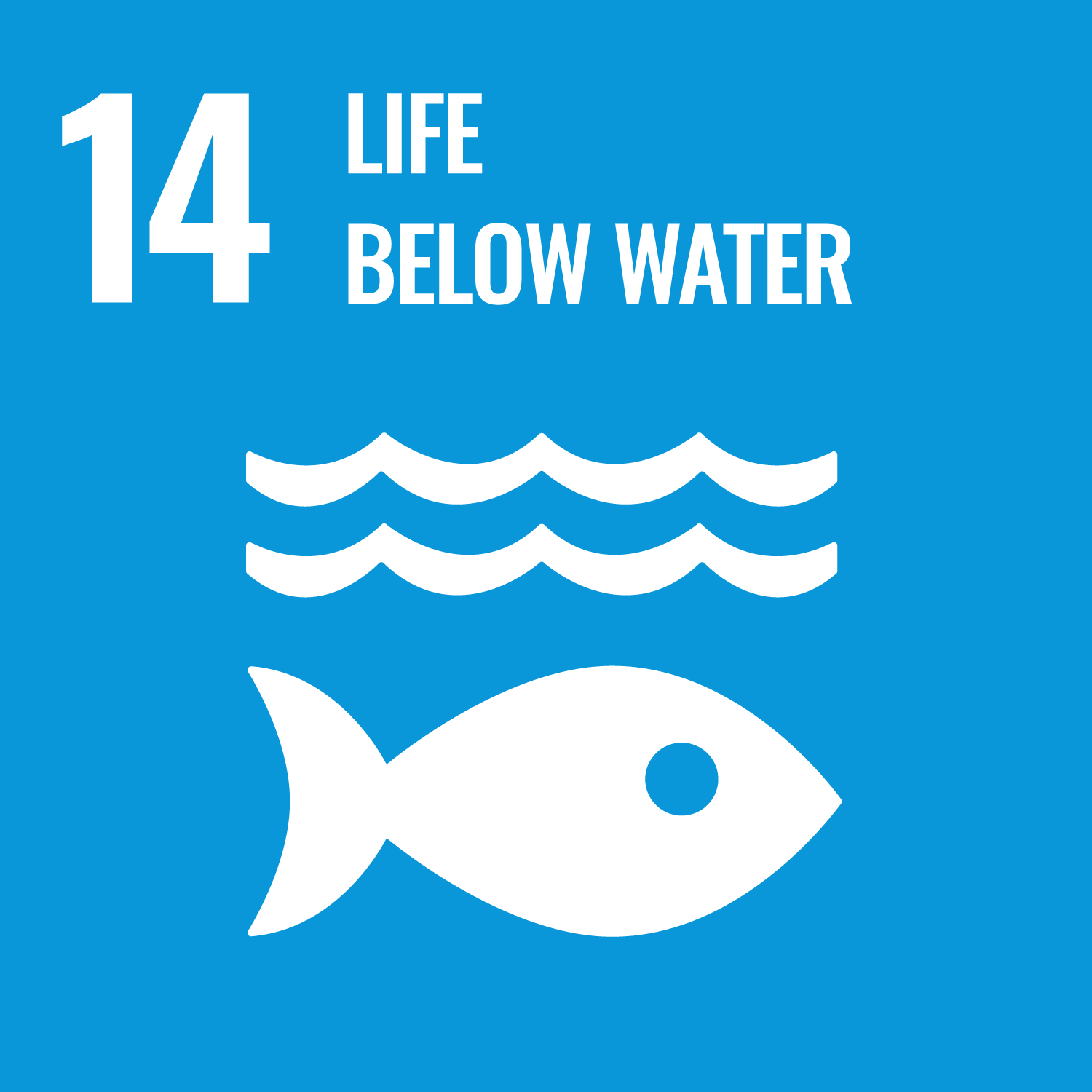ORCID
- Nathaniel Clark: 0000-0002-0968-503X
Abstract
AbstractOver recent decades, there has been a dramatic increase in the manufacture of engineered nanomaterials, which has inevitably led to their environmental release. Zinc oxide (ZnO) is among the more abundant nanomaterial manufactured due to its advantageous properties, used for piezoelectric, semiconducting, and antibacterial purposes. Plastic waste is ubiquitous and may break down or delaminate into smaller microplastics, leaving open the question of whether these small polymers may alter the fate of ZnO through adsorption within aquatic media (tap‐water and seawater). Here, scanning electron microscopy analysis confirms the effective Zn nano/microstructures adsorption onto polystyrene surfaces after only 24‐h incubation in the aquatic media. After pre‐aging the nanomaterials for 7‐days in different environmental media, nanoprobe X‐ray absorption near‐edge spectroscopy analysis reveals significant ZnO transformation toward Zn‐sulfide and Zn‐phosphate. The interaction between a commercial ZnO‐based sunscreen with polystyrene and a cleanser consumer containing microbeads with ZnO nanomaterials is also studied, revealing the adsorption of transformed Zn‐species in the microplastics surfaces, highlighting the environmental relevancy of this work. Understanding the structural and functional impacts of the microplastics/ZnO complexes, and how they evolve, will provide insights into their chemical nature, stability, transformations, and fate, which is key to predicting their bioreactivity in the environment.
DOI Link
Publication Date
2023-08-23
Publication Title
Global Challenges
Volume
7
Issue
8
Acceptance Date
2023-05-11
Deposit Date
2023-09-15
Embargo Period
2023-09-16
Recommended Citation
Gomez‐Gonzalez, M., Da, S., Clark, N., Clough, R., Quinn, P., & Parker, J. (2023) 'Toward Understanding the Environmental Risks of Combined Microplastics/Nanomaterials Exposures: Unveiling ZnO Transformations after Adsorption onto Polystyrene Microplastics in Environmental Solutions', Global Challenges, 7(8). Available at: 10.1002/gch2.202300036


